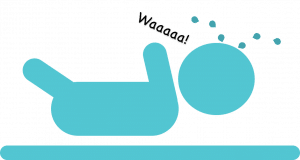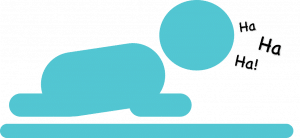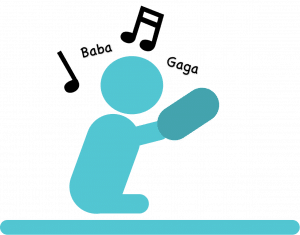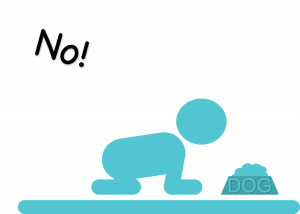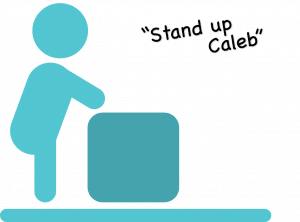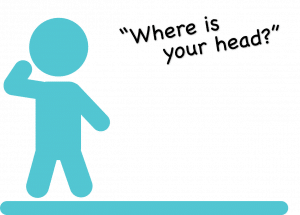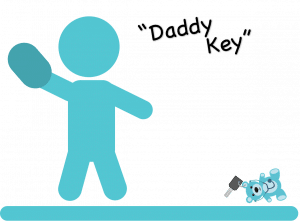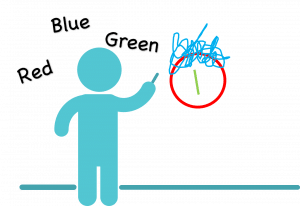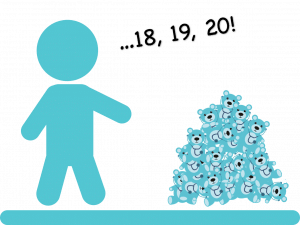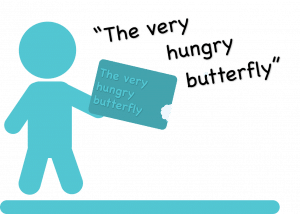Child development is the process by which the dependent infant matures into the independent adult, functioning within society. It is a complex interweaving of biology, psychology and environment where each skill builds on the ones that have come before and provides a foundation for those skills yet to develop.
Development in humans follows a predictable pattern and a rough schedule but no individual develops in exactly the same manner as any other. It follows an orderly pattern (unlike almost everything else regarding children); from top to bottom, central to outer and simple to complex. What is important, when considering normal development, is progress and parity; that children are moving forward in the different areas of development at roughly the same rate.
Disparity in progress between areas of the body (e.g. the right side and the left or the lower limbs and the upper limbs) or between domains of development (see below) is concerning, as is regression (i.e. loss of previously attained skills).
This article will outline the typical stages of development that children go through. The features typically seen at each age are described below.
Speech and language
We often talk about speech and language interchangeably, but they are two distinct concepts. Speech is the actual sounds of spoken language, produced by the co-ordinated action of the muscles of the tongue, lips, jaw and vocal tract. Language is the systems of words and symbols that we use to communicate with each other and encompasses written, verbal and non-verbal (gestures and body language) communication. Speech and language development relies on intact hearing, good muscle control and exposure to language, through interaction with other people.
| Age | Feature |
| Newborn | Cries
|
| 6-8 weeks | Coos |
| 3 months | Laughs and vocalises
|
| 6 months | Understands words such as mama, dada or bye-bye
Babbles spontaneously, initially monosyllables Uses a tuneful, singsong voice
|
| 9 months | Imitates adult sounds, such as coughs
Understands simple commands Understands “no”
|
| 12 months | Knows and responds to own name
Uses 2-6 words and understands many more
|
| 18 months | Uses 6-40 recognisable words
Can point to parts of the body when asked Tries to sing
|
| 24 months (2 years) | Speaks over 200 words, understands many more
Joins words together Omits opening or closing consonants
|
| 30 months | Continually asks questions |
| 36 months (3 years) | Can name 2 or 3 colours
Knows and repeats songs and nursery rhymes Counts by rote up to 10 Has simple conversations
|
| 48 months (4 years) | Talks fluently
Counts by rote up to 20 Enjoys jokes
|
| 60 months (5 years) | Fluent in speech and mostly grammatically correct
Interested in reading and writing
|
References
| (1) | Kapoor, Barnes, “Developmental Assessment”, Paediatrics, Edition 4, 2013 |
| (2) | Lissauer, W. Carroll, “Normal Child Development, Hearing and Vision”, Illustrated Textbook of Paediatrics, Edition 5, 2017 |
| (3) | Sheridan, M. D., From birth to five years; children’s developmental progress, 3rd edition revised and updated by A. Sharma and H. Cockerill, Routledge 2007 |
| (4) | understood.org |
| (5) | thecommunicationtrust.org.uk |
| (6) | Meggitt, C., Child development, an illustrated guide, 2nd edition, Heinemann 2006 |
| (7) | kidsmatter.edu.au |
Authors:
1st draft: Trainee doctor Hannah Murray
Senior review: Dr Louise Ingram (Paediatric specialist registrar)

